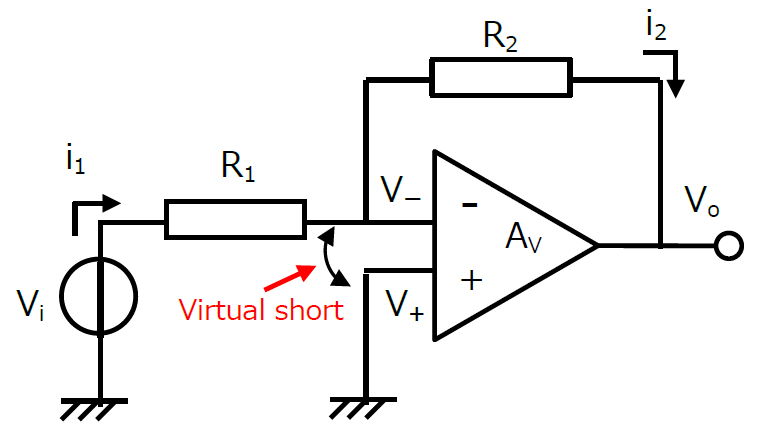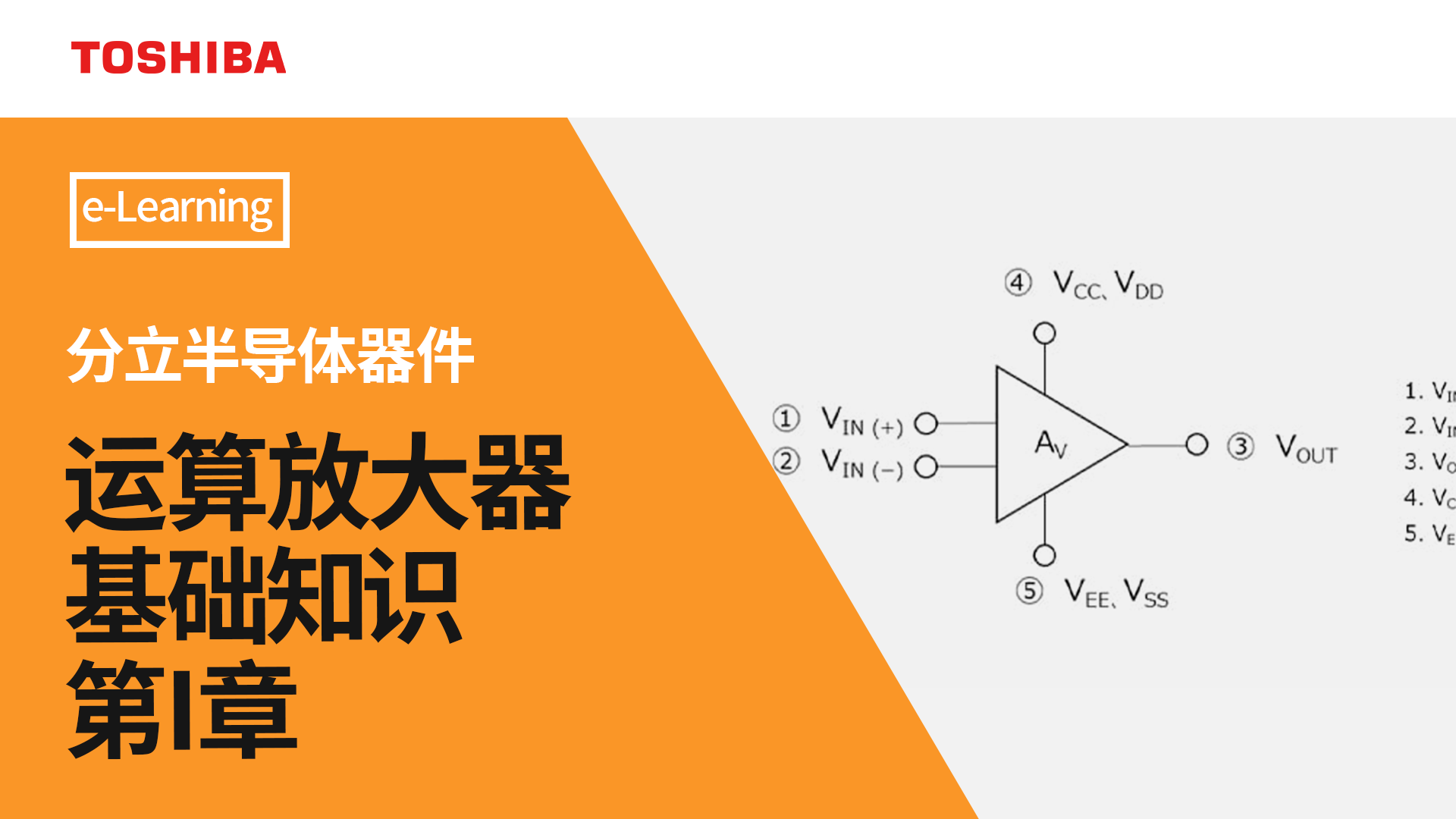- 型号 & 关键词搜索
- 交叉搜索
- 参数搜索
- 库存查询与购买
This webpage doesn't work with Internet Explorer. Please use the latest version of Google Chrome, Microsoft Edge, Mozilla Firefox or Safari.
请输入3个以上字符 Search for multiple part numbers fromhere.
The information presented in this cross reference is based on TOSHIBA's selection criteria and should be treated as a suggestion only. Please carefully review the latest versions of all relevant information on the TOSHIBA products, including without limitation data sheets and validate all operating parameters of the TOSHIBA products to ensure that the suggested TOSHIBA products are truly compatible with your design and application.Please note that this cross reference is based on TOSHIBA's estimate of compatibility with other manufacturers' products, based on other manufacturers' published data, at the time the data was collected.TOSHIBA is not responsible for any incorrect or incomplete information. Information is subject to change at any time without notice.
请输入3个以上字符
什么是运算放大器虚拟短路(虚拟接地)?

虚拟短路(或简称为“虚短”)是指差分输入放大器(例如,运算放大器)的同相和反相输入端的电压几乎相同的状况。这种情况称为虚拟短路,因为即使差分输入端没有连接在一起,也具有相同的电压。当使用具有高开环增益的差分放大器构成负反馈电路时,就会出现这种情况。
当一侧的输入端如图所示接地(GND)时,有时也称为虚拟接地。
这些概念有助于增益计算。
您可从概念层面理解虚短,具体如下。
典型的差分放大器具有有限的输出电压。运算放大器的输出电压等于其增益乘以两个输入端之间的电压差。如果这两个输入电压之间的差异较大,则高增益电路的输出电压会变得非常大。如果输出电压有限,两个输入端之间的电压差异(虚短)会非常小。
让我们通过简单的计算来考虑这种情况。图1显示了使用运算放大器构成的负反馈放大器(反相放大器)。
假设这就是理想的运算放大器,则下列条件成立:
- 开环增益(AV)无穷大。
- 输入阻抗无穷大。
- 输出阻抗为零。
由于输入阻抗无穷大,流经R1(i1)的所有电流都会流经R2
i1 (Vi – V−) / R1 = (V− - Vo) / R2 (1)
通过以下公式计算出运算放大器的输出电压:
Vo = AV(V+ - V−) (2)
根据公式1和公式2,计算出V+,具体如下:
V+ = {1 + (R1 + R2) / (AV * R1)} × V- - R2 × Vi / (AV × R1) (3)
由于AV无穷大,我们得出V+ = V−.
因此,负反相输入端(V−)的电压等于接地同相输入端(V+)的电压。
V−输入端的这种情况称为虚短。
使用虚短概念,可轻松计算出此电路的闭环增益。我们可以得出结论,无电流流向V−输入端,因为V−电压等于GND并且输入阻抗无穷大。由于i1 = i2,
Vi / R1 = - Vo / R2 (4)
设反相放大器的闭环增益为G(=Vo/Vi)。故G的计算结果为 - R2 / R1。
相关链接
以下文档也包含相关信息:



